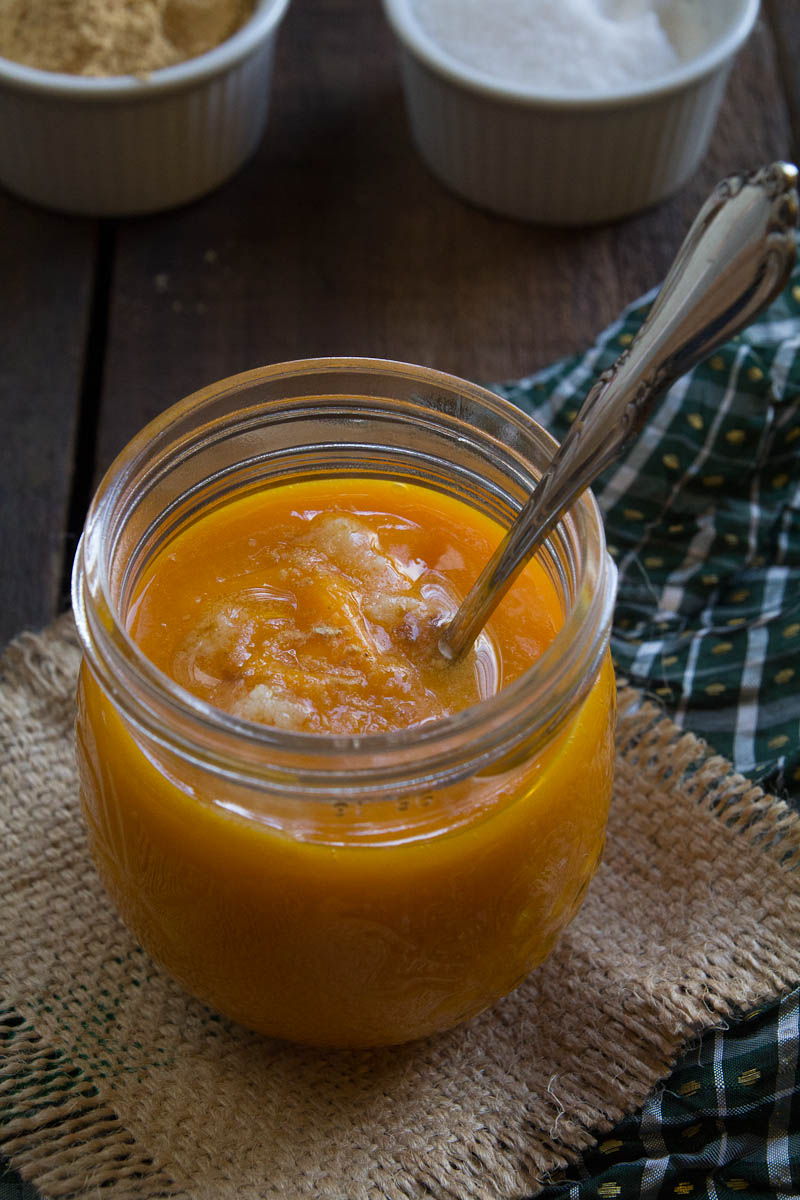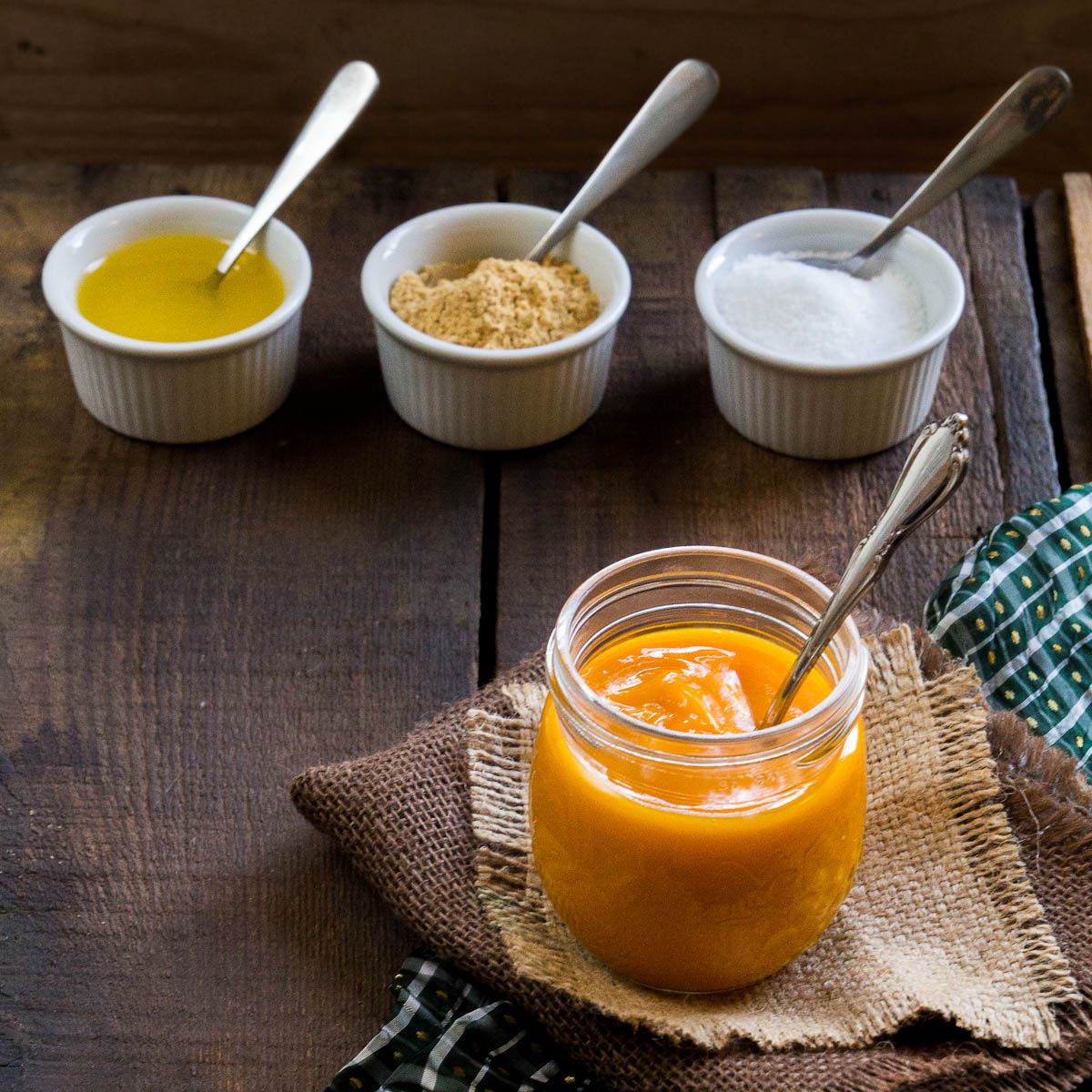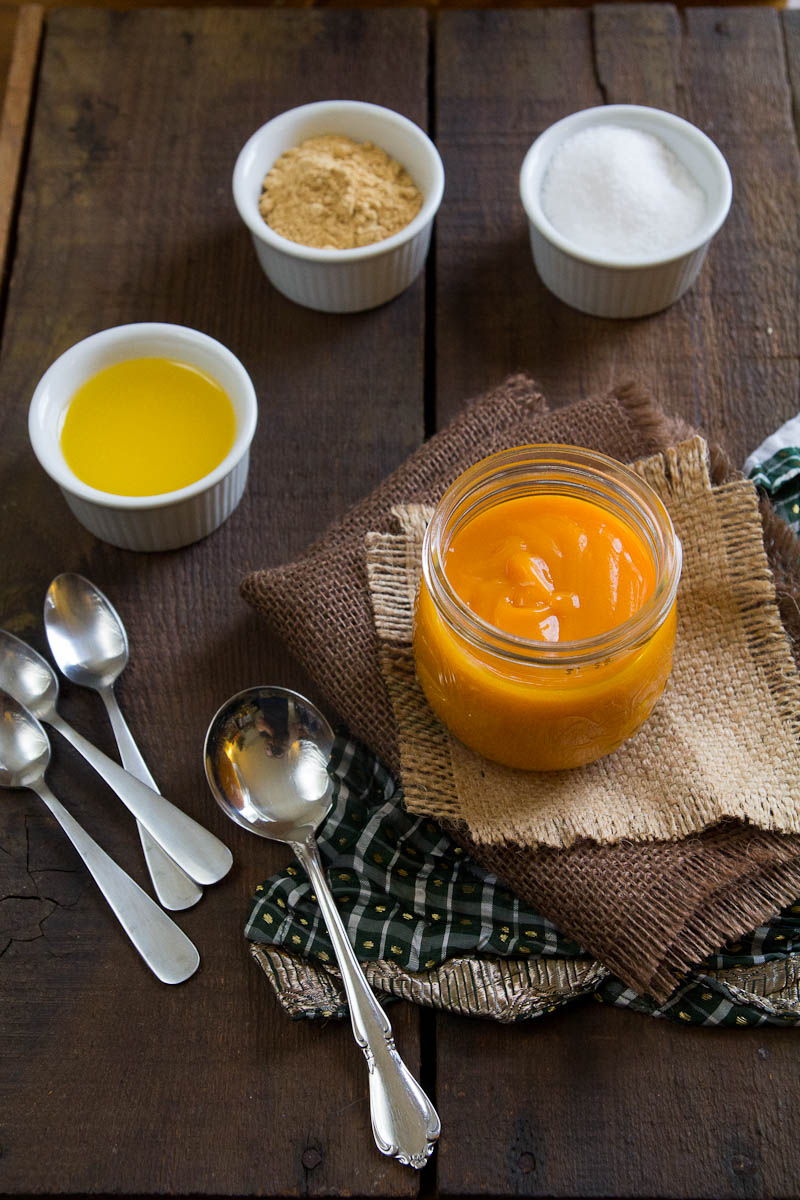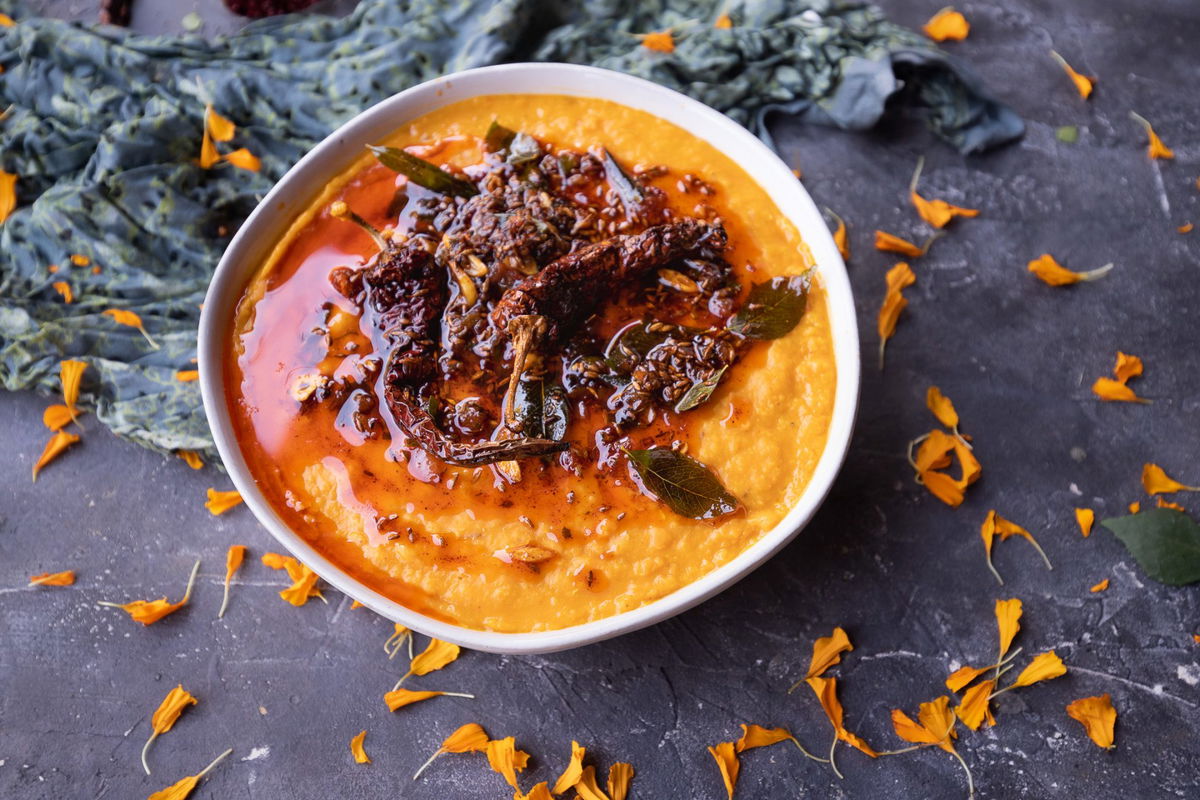Ras is a naturally sweet and creamy mango puree that is served along with savory vegetables and flatbreads instead of as a dessert. Ras is an important summer staple in a Gujarati household.
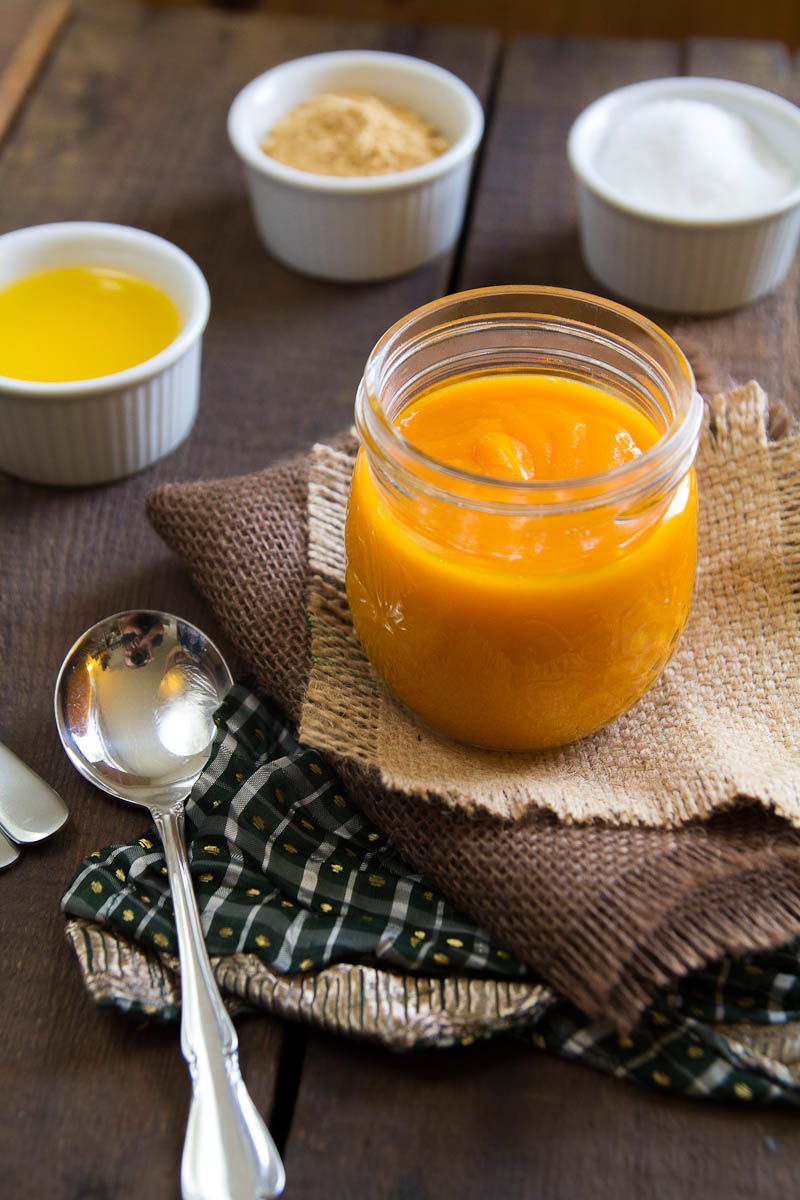
I was lucky enough to have spent part of my childhood on a mango farm where my family grew the prized Alphonso mango. As kids we would ride around the farm on a bullock cart (ox cart) and stockpile mangoes for later.
When we were older, my brother and I would spend all day running through the farm and playing games where some of the trees were imaginary friends.
There were stacks and stacks of mangoes piled into crates and then there were piles of mango inside the house (the ones that weren’t quite good enough to go into a crate for sale). I could just walk by the pile and grab a mango whenever I felt like it.
I could find an adult to cut it for me or just dig my thumbs into the soft flesh until it got all mushy, rip the top off with my teeth and just suck out the mango pulp. It was a great way to spend summers.
The mango trees were huge and the farm smelled amazing. The only thing I didn’t like about the trees was that we couldn’t climb them. They were often covered in large red ants, I looked it up and I think they were weaver ants. Getting bit by one hurt, a lot. So my brother and I avoided climbing them.
Now that fall is almost here and mango season is coming to an end, I’m realizing that I nearly missed out on one of my favorite summer rituals. Eating ras.
Growing up, ours was no different. My grandma seriously loves ras more than anyone on the planet and the rest of my family loves it too, so we had it often.
Mangoes and mango ras were an important part of our diet when mangoes were in season. Although it is fairly liquid, mango ras is typically eaten with a spoon, as opposed to Mango Lassi, which is more of a drink. I’m still seeing mangoes in the markets. I am looking forward to enjoying the end of mango season with more ras!
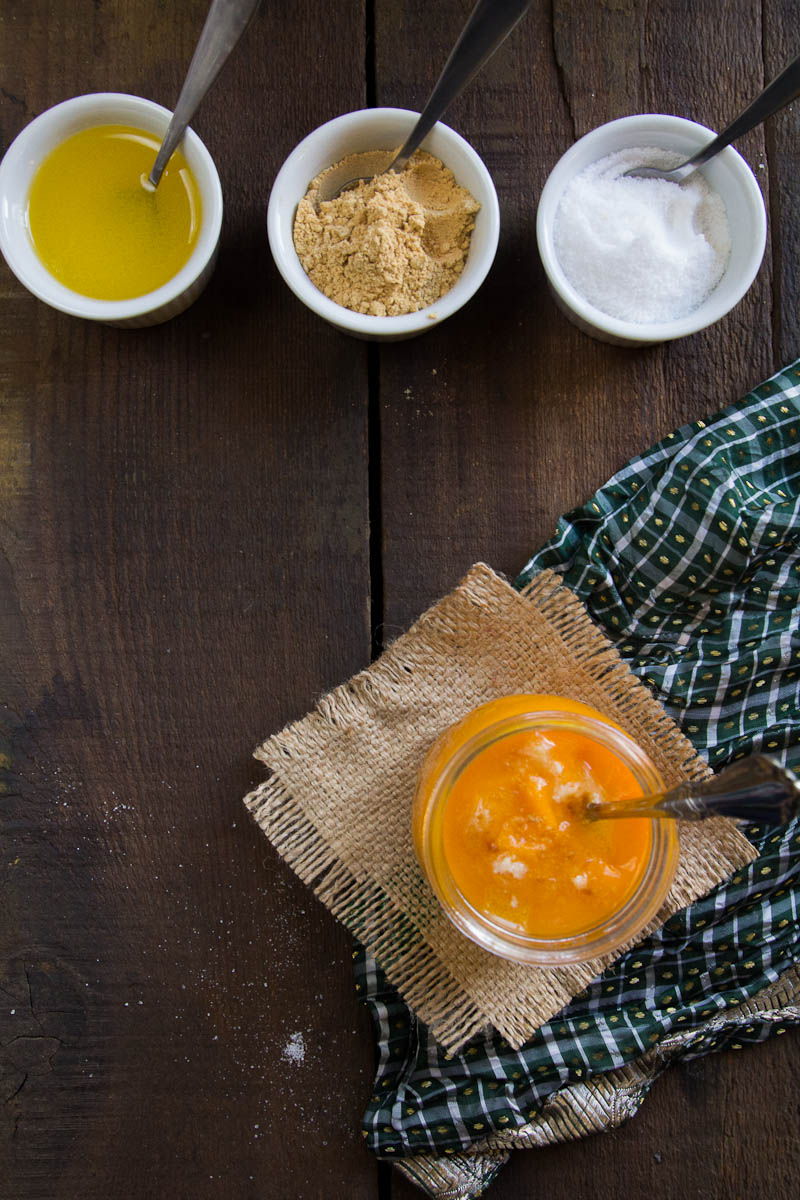
Mango Ras (Keri no Ras)
Ras is a naturally sweet and creamy mango puree that is served along with savory vegetables and flat breads

Ingredients
- 4 ripe mangoes
- a splash of milk or water (if needed)
Optional Toppings:
- dried ginger powder
- salt (or black salt; to taste)
- ghee
Instructions
- Peel and chop the mangoes. Cut off as much of the pulp as you can from the core.
- Toss the chopped mangoes into a food processor or blender and process until pureed. Add a splash of milk or water if the blender needs a little help getting started.
- Strain the mango puree using a mesh strainer. (This step is optional but you’ll be glad you did it if your mangoes are fibrous)
- Serve with the toppings on the side so that each person can add as much ghee, ginger and salt as desired.
Notes:
Ras works best if you use one of these mango varietals that are not too fibrous. In the U.S. we use Kent, in India we use Pyree, Kesar or a mix of Pyree and Alphonso.
